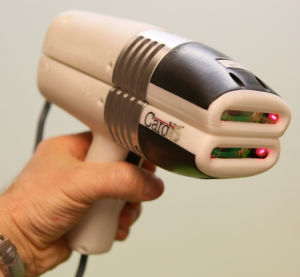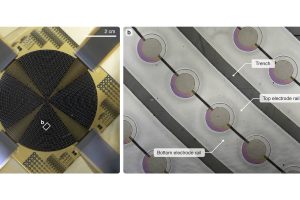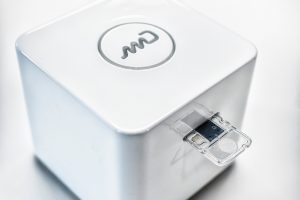
It has been initiated by Imec, Ghent University, Nedtronic, Politecnico di Torino, Tyndall National Institute, Microchip Technology, Argotech, National Institute for Health and Medical Research, Universiteit Maastricht, and Fundico.
The device offers fast, flexible and patient-friendly monitoring of CVD, keeping patients in their home environment while still being able to closely follow-up and intervene in due time.
“The InSiDe project has been triggered by the remarkable outcome of the H2020 project CARDIS,” says Imec’s Roel Baets, “ with the CARDIS project partners, we developed a prototype mobile, affordable, point-of-care screening device for CVD. The device enables fast and reliable measurement of CVD-related biophysical signals through minimal physical contact with the patient and minimal skills from the operator. The objective of the InSiDe project is to take this CARDIS prototype device a major step further towards proven medical relevance and towards commercialisation.”
The operating principle of the device is Laser Doppler Vibrometry (LDV): a low-power laser is directed towards the skin overlying an artery. The skin’s vibration amplitude and frequency, resulting from the heartbeat, are extracted from the Doppler shift of the reflected beam.
The key underlying technology is silicon photonics, which allows the implementation of advanced optical functionality in a chip produced in a CMOS fab environment.
To bring the CARDIS prototype device towards commercialization, the InSiDe project will:
- Develop a true handheld clinical, battery-operated investigational device capable of measuring, quantifying and recording cardiovascular conditions;
- Develop algorithms to translate the interferometer signals into data that are relevant to monitor and diagnose a number of cardiovascular diseases (CVDs);
- Demonstrate in clinical feasibility studies the usefulness of the device for GPs and cardiologists;
- Outline a path to industrialization and manufacturability.
 Electronics Weekly Electronics Design & Components Tech News
Electronics Weekly Electronics Design & Components Tech News



